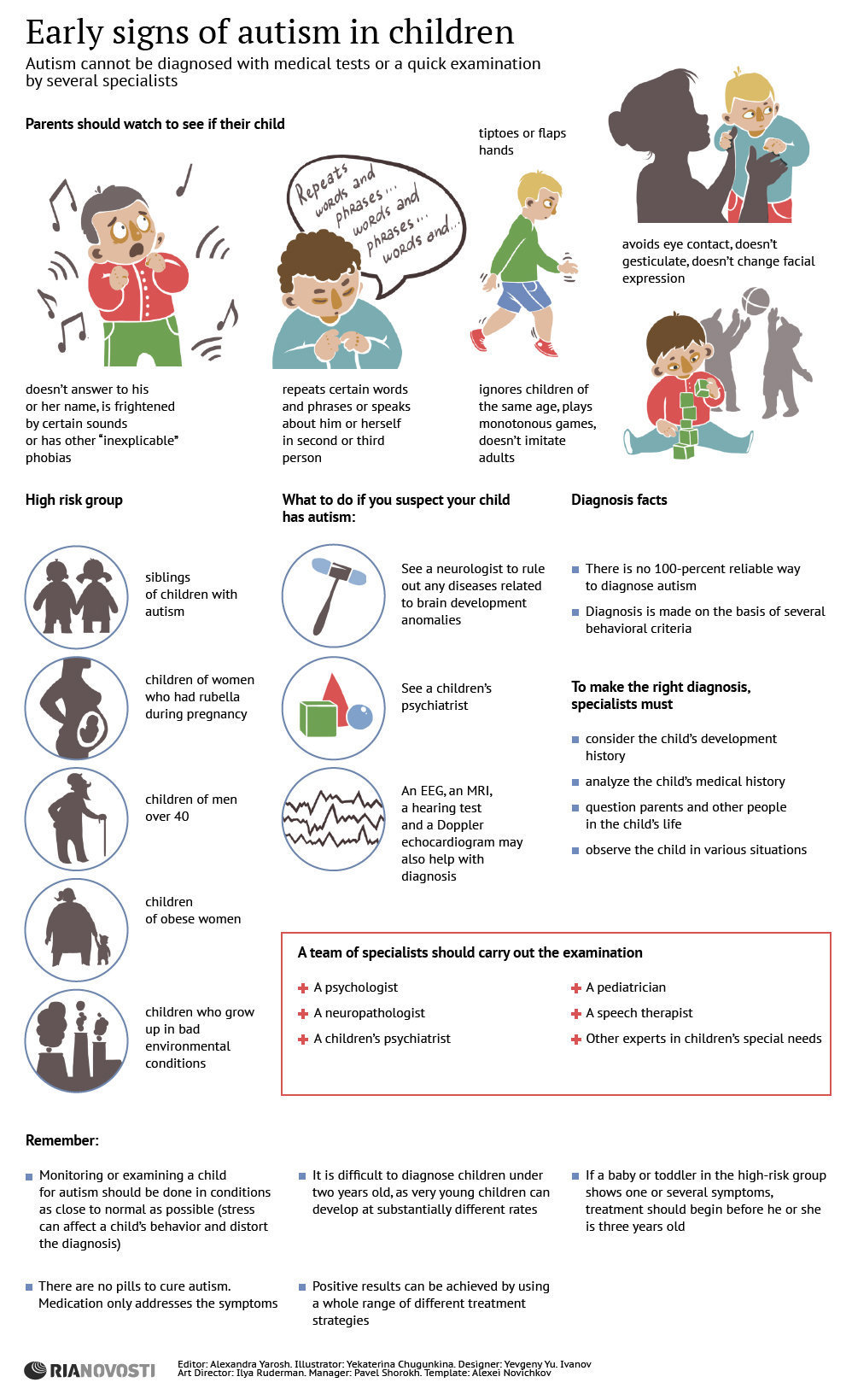How Does Imposter Syndrome Affect Mental Health
How Does Imposter Syndrome Affect Mental Health
Blog Article
How Do Mood Stabilizers Job?
State of mind stabilizers assist to calm areas of the mind that are influenced by bipolar illness. These medicines are most effective when they are taken regularly.
It might take a while to find the best medicine that functions best for you and your doctor will monitor your problem throughout treatment. This will certainly entail normal blood tests and possibly a modification in your prescription.
Neurotransmitter policy
Natural chemicals are a team of chemicals that manage each other in healthy and balanced people. When levels become unbalanced, this can result in state of mind conditions like clinical depression, anxiety and mania. Mood stabilizers help to prevent these episodes by helping regulate the balance of these chemicals in the mind. They likewise might be made use of along with antidepressants to boost their performance.
Drugs that function as state of mind stabilizers include lithium, anticonvulsants and antipsychotics. Lithium is perhaps the most well known of these medicines and works by impacting the flow of salt with nerve and muscular tissue cells. It is frequently made use of to treat bipolar disorder, but it can also be valuable in treating other state of mind conditions. Anticonvulsants such as valproate, lamotrigine and carbamazepine are additionally reliable state of mind stabilizing medications.
It can take a while to discover the best kind of medicine and dosage for every person. It is essential to deal with your physician and participate in an open dialogue regarding exactly how the medicine is working for you. This can be especially useful if you're experiencing any type of negative effects.
Ion network modulation
Ion networks are a major target of mood stabilizers and many other medicines. It is currently well developed that they are vibrant entities that can be modulated by a variety of external stimuli. In addition, the inflection of these networks can have a variety of temporal impacts. At one extreme, adjustments in gating characteristics may be quick and instant, as in the nicotinic acetylcholine receptor/channel system. At the other end of the range, covalent alteration by protein phosphorylation may result in changes in network feature that last much longer.
The field of ion channel inflection is getting in a duration of maturity. Recent researches have demonstrated that transcranial focused ultrasound (United States) can boost nerve cells by triggering mechanosensitive potassium and sodium networks installed within the cell membrane. This was demonstrated by expressed networks from the two-pore domain name potassium household in Xenopus oocytes, and focused US significantly modulated the existing flowing through these networks at a holding voltage of -70 mV (appropriate panel, loved one impact). The results are consistent with previous monitorings revealing that antidepressants affecting Kv networks manage glia-neuron interactions to opposite depressive-like habits.
Neuroprotection
Mood stabilizers, like lithium, valproic acid (VPA), and carbamazepine, are essential in the therapy of bipolar affective disorder, which is defined by reoccurring episodes of mania and depression. These medicines have neuroprotective and anti-apoptotic properties that help to stop mobile damage, and they additionally boost cellular resilience and plasticity in useless synapses and neural wiring.
These protective actions of state of mind stabilizers may be mediated by their restraint of GSK-3, inositol signaling, and HDAC activity. In addition, lasting lithium treatment safeguards versus glutamate excitotoxicity in cultured nerve cells-- a design for neurodegenerative conditions.
Studies of the molecular and mobile effects of state of mind stabilizers have revealed that these medicines have a wide variety of intracellular targets, consisting of several kinases and receptors, along with epigenetic adjustments. Further study is required to determine if state of mind stabilizers have neurotrophic/neuroprotective actions that are cell kind or circuitry details, and just how these impacts might match the rapid-acting therapeutic action of these agents. This will certainly help to develop brand-new, faster acting, more efficient treatments for psychological diseases.
Intracellular signaling
Cell signaling is the procedure by which cells connect with their environment and various other cells. It includes a series of steps in which ligands connect with membrane-associated receptors and result in psychiatric hospital near me activation of intracellular paths that control essential downstream mobile functions.
Mood stabilizers act upon intracellular signaling with the activation of serine-threonine healthy protein kinases, resulting in the phosphorylation of substratum proteins. This turns on signaling cascades, causing changes in genetics expression and mobile function.
Several mood stabilizers (consisting of lithium, valproate and lamotrigine) target intracellular signaling pathways by preventing details phosphatases or triggering details kinases. These effects trigger a decrease in the activity of these paths, which leads to a decrease in the synthesis of particular chemicals that can affect the brain and lead to signs of clinical depression or mania.
Some mood stabilizers likewise function by enhancing the task of the repressive neurotransmitter gamma-aminobutryic acid (GABA). This boosts the GABAergic transmission in the brain and minimizes neural activity, thus generating a calming impact.